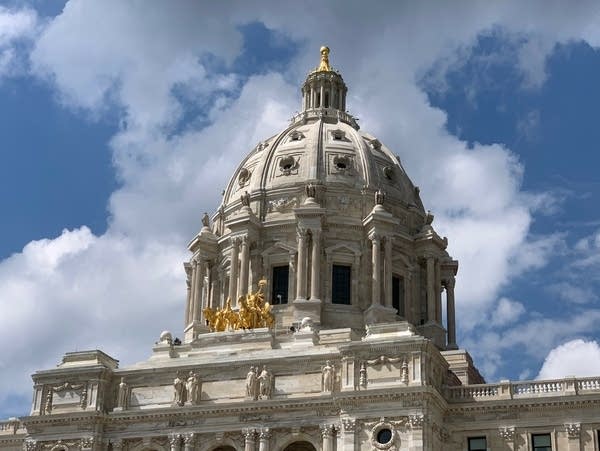‘High-drama’ release of political maps to define Capitol week

The Minnesota Capitol in St. Paul. The once-a-decade redrawing of political maps comes to a conclusion this week as a special court panel gets set to issue new legislative and congressional boundaries.
Andrew Krueger | MPR News 2021
Go Deeper.
Create an account or log in to save stories.
Like this?
Thanks for liking this story! We have added it to a list of your favorite stories.


